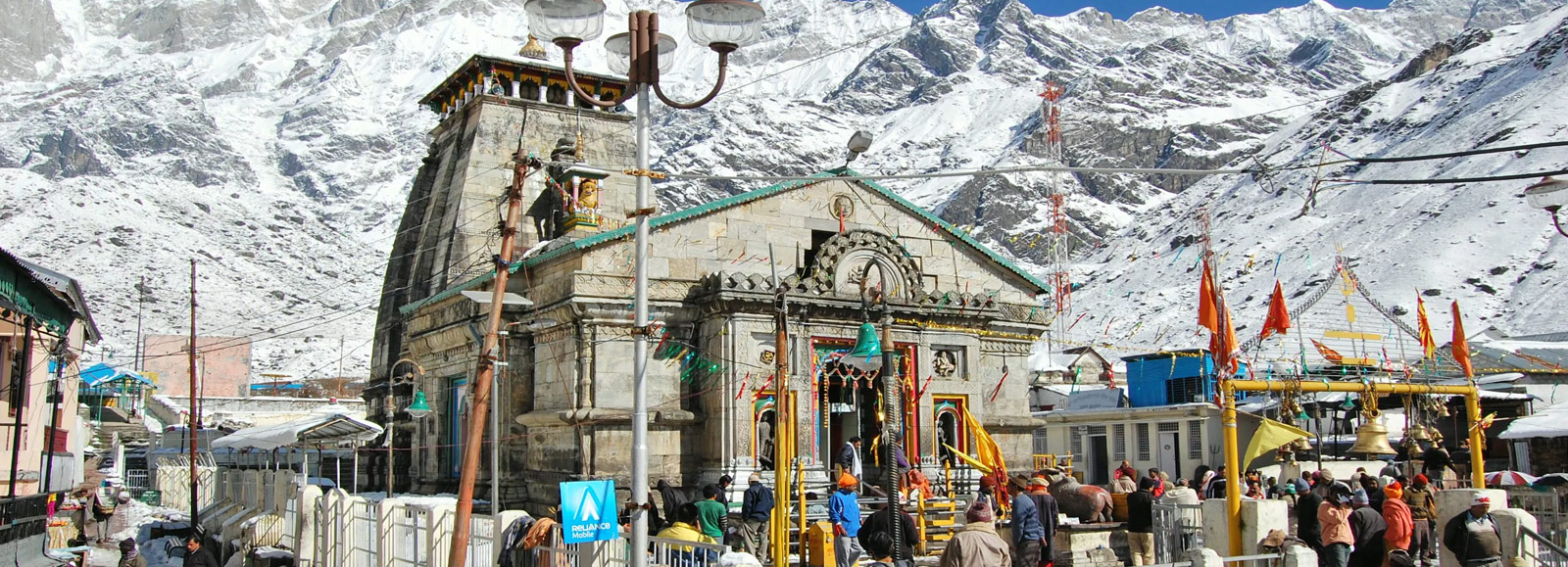
Best Time to Visit Kedarnath
Char Dham Yatra consists of four religious shrines- Kedarnath, Badrinath, Gangotri and Yamunotri. One of the most important pilgrim site in India, the temple is dedicated to Lord Shiva. Located in the Garhwal Himalayan range near the Mandakini river at an altitude of 11,750 feet, Kedarnath usually features a cold climate throughout the year. The best time to visit Kedarnath is during the summers and onset of winters — May to June and September to October. The summers are moderately cold with temperature ranging between 8 degree Celsius to 18 degree Celsius. The summer mornings are bright and sunny and nights are cold. The monsoon in Kedarnath brings in heavy rainfall, with a maximum of 272 mm of rainfall during August. The risk of landslide makes the temple shrine inaccessible during monsoon. The winters are cold and the temperature falls well below sub-zero. Kedarnath experiences heavy snowfall during winters.
The Kedarnath temple is a holy site for many Hindu religion followers with thousands of people visiting every year. With advancements in roads and accessibility, there has been a rise in the number of visitors coming here every year.
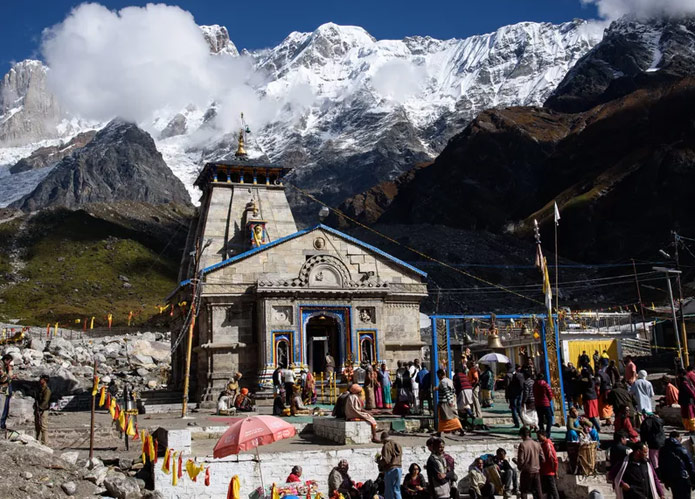
Temperature
Since Kedarnath is located at a high altitude, the temperature differs from that of low altitude regions. The winters in Kedarnath are harsh, summers are colder than the rest of India and during monsoon, the area experiences heavy rainfall with the temperature being on the colder side.
- Summer
- May to June
- 4°C – 18°C
- Monsoon
- July to Sep
- 7°C – 19°C
- Winter
- Oct to April
- 6°C – 13°C
-

Summer
The summer season in Kedarnath starts from May and lasts till June. The minimum temperature goes down to 4-degree Celsius and the maximum temperature ranges around 18-degree Celsius. The days feature bright sunshine and nights being cold. Summers are the best time to visit Kedarnath temple in Uttarakhand.
-

Monsoon
Kedarnath experiences heavy rainfall every year during the monsoon season. The monsoon season in Kedarnath starts from July and last till the end of September. The maximum rainfall is in the month of August, with August 2018 witnessing 272 mm of rainfall. The risks of the landslide are higher during monsoon season in Kedarnath because of which the temples are not open for pilgrims. The temperature during monsoon season ranges between 7 degree Celsius to 19 degree Celsius.
-

Winter
Winters in Kedarnath are chilly and extremely cold because of its high altitude in the Himalayan region. The winter season starts from October and lasts until April end. The minimum temperature can fall below the freezing point – zero degree Celsius. The temperature ranges from -6 degree Celsius to a maximum of 13 degree Celsius. Kedarnath also experiences heavy rainfall during the winter season. The temples remain closed from November until the end of April.
Our Latest Blogs
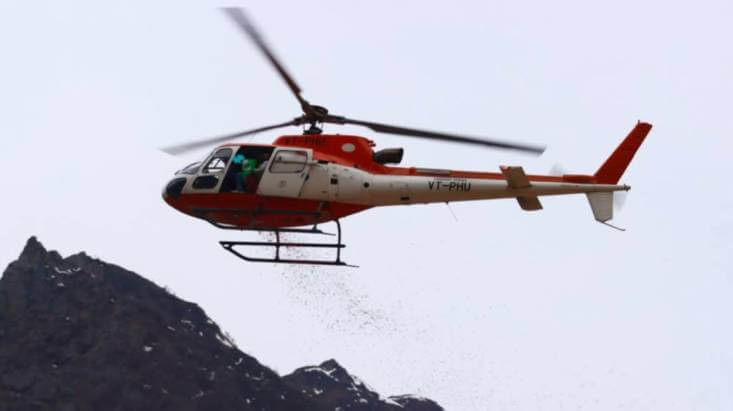
05 May, 2025
Fly to Kedarnath & Badrinath: Helicopter Services from Jolly Grant Airport, Dehradun
The Chardham Yatra 2025 ushers in a transformative experience for pilgrims with the introduction of helicopter services to Badrinath and Kedarnath from Jolly Grant Airport. This initiative not only reduces travel time but also enhances accessibility to these sacred sites, marking a significant advan
More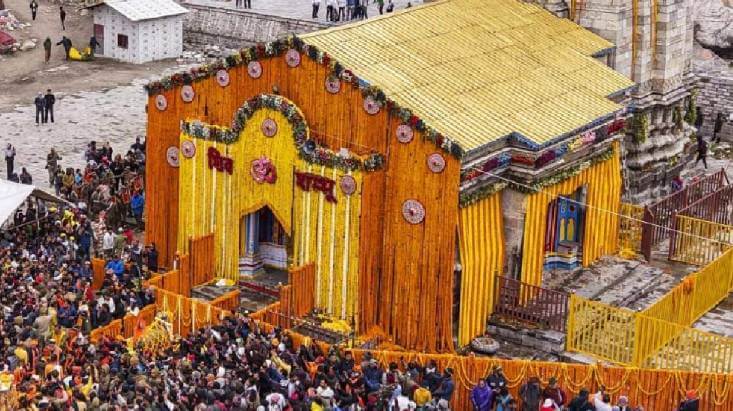
05 May, 2025
Kedarnath Yatra 2025: A Sacred Journey Rekindled with Devotion and Innovation
A spiritual awakening in the Himalayas, the Kedarnath Yatra 2025 commenced with unparalleled enthusiasm, as over 55,000 pilgrims visited the sacred Kedarnath Temple within the first two days of its opening on May 2, 2025. This auspicious event marks a significant chapter in the annual Chardham Yatra
More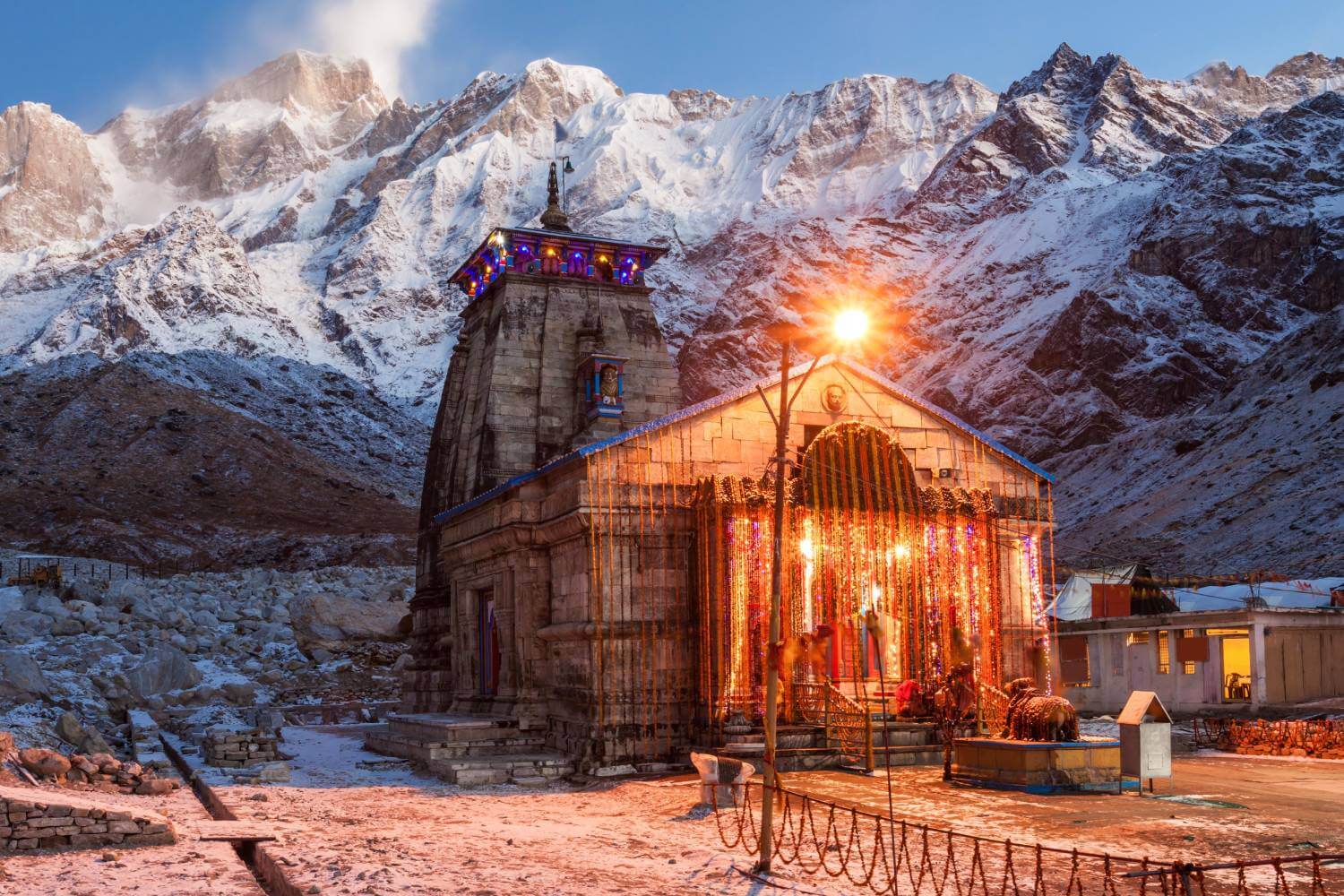
01 Apr, 2025
Kedarnath Temple Declares Mobile-Free Zone, Banning Reels & Video Recording to Preserve Sanctity
In a significant move ahead of Char Dham Yatra 2025, the Shri Badrinath-Kedarnath Temple Committee (BKTC) has imposed a strict ban on mobile phones, video recording, and reels inside the Kedarnath Temple premises. This decision aims to uphold the temple's spiritual sanctity and ensure a peaceful atm
More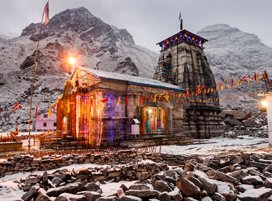

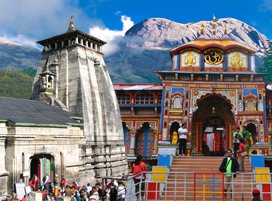

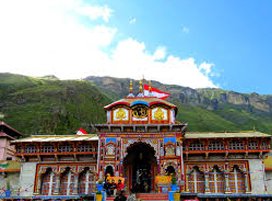
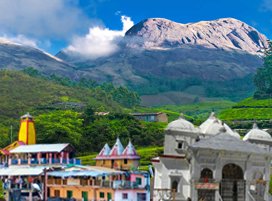
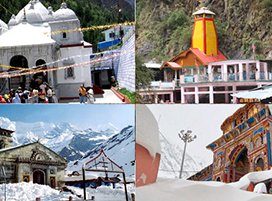


 Share
Share Home
Home Packages
Packages Book Now
Book Now